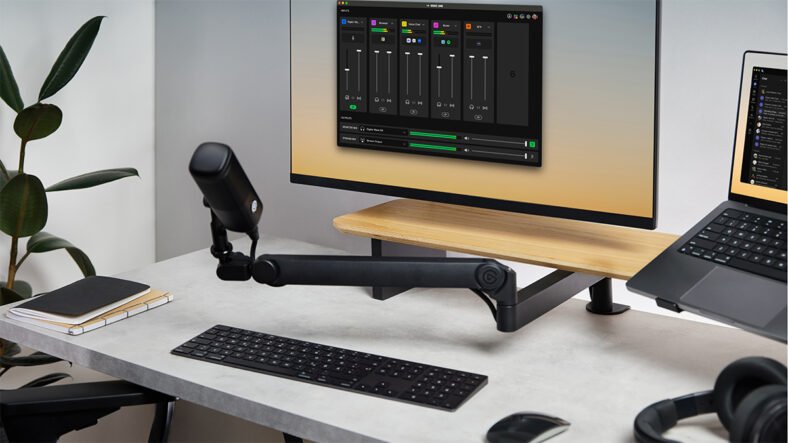
Specifications of the very first DDR5 consumer memory have been spotted online. The news comes some days after it was first revealed that the mainstream consumer DDR5 memory modules have hit mass production and now the specifications for those kits have also been revealed.
In China, memory manufacturers have started to validate their DDR5 memory modules with board partners which include ASUS, MSI, ASRock, Gigabyte, and more. Intel’s 12th Gen Alder Lake platform will be the very first to have support for DDR5 memory support, launching later this year.
According to the specifications revealed by the Chinese manufacturer, DDR5 memory will be available in 16 GB and 32 GB modules for the desktop mainstream segment by the end of this year. Both memory modules will rock up to 4800 MHz speeds with 1.1V and CL40 timings. These speeds and timings will be the standard and we can expect 5000-5400 MHz speeds from some high-end brands by the end of the year as well.
Image Credit: ITHome
According to the timeline of the Chinese manufacturer, during 2021-2022, DDR5 memory manufacturers will be able to offer better DRAM-based modules which would come in 32 GB and 64 GB capacities.
The memory modules will retain 1.1V but timings will hit CL46. 128 GB memory modules are also expected between 2021-2022 but memory makers are looking at a mid-2022 release for them though some limited kits could hit the street soon but at really high prices. The 128 GB modules will also feature 5600 MHz speeds, 1.1V, and CL46 timings.
Between 2022-2023, things will go extreme with mainstream modules coming in 64 GB and 128 GB capacities and supporting up to 6400 MHz speeds which is the max standard limit for DDR5 (non-OC). These DDR5 memory modules will retain 1.1V and feature CL52 timings. Once again, these are the standard mainstream offerings that will be available through 2021-2023.
A big change from DDR4 to DDR5 is that the components that are required for the voltage conversion are now moved over to the memory DIMM itself, reducing voltage wear and noise generation while simultaneously offering increased room for overclocking. DDR5 memory also features built-in ECC, lower power consumption, and higher stability compared to DDR4 memory modules.
DDR5 memory will bring a 2x performance increase compared to DDR4. We will have to wait and see how the DDR5 memory changes the PC space.











